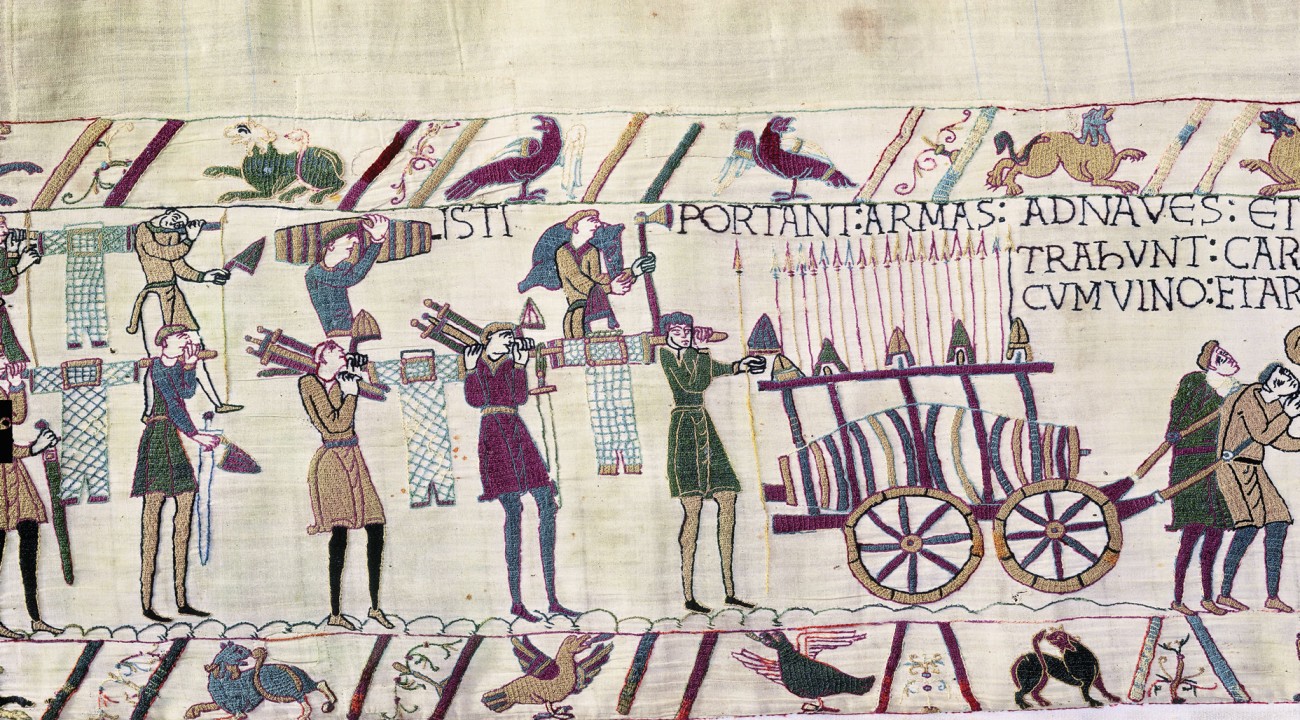
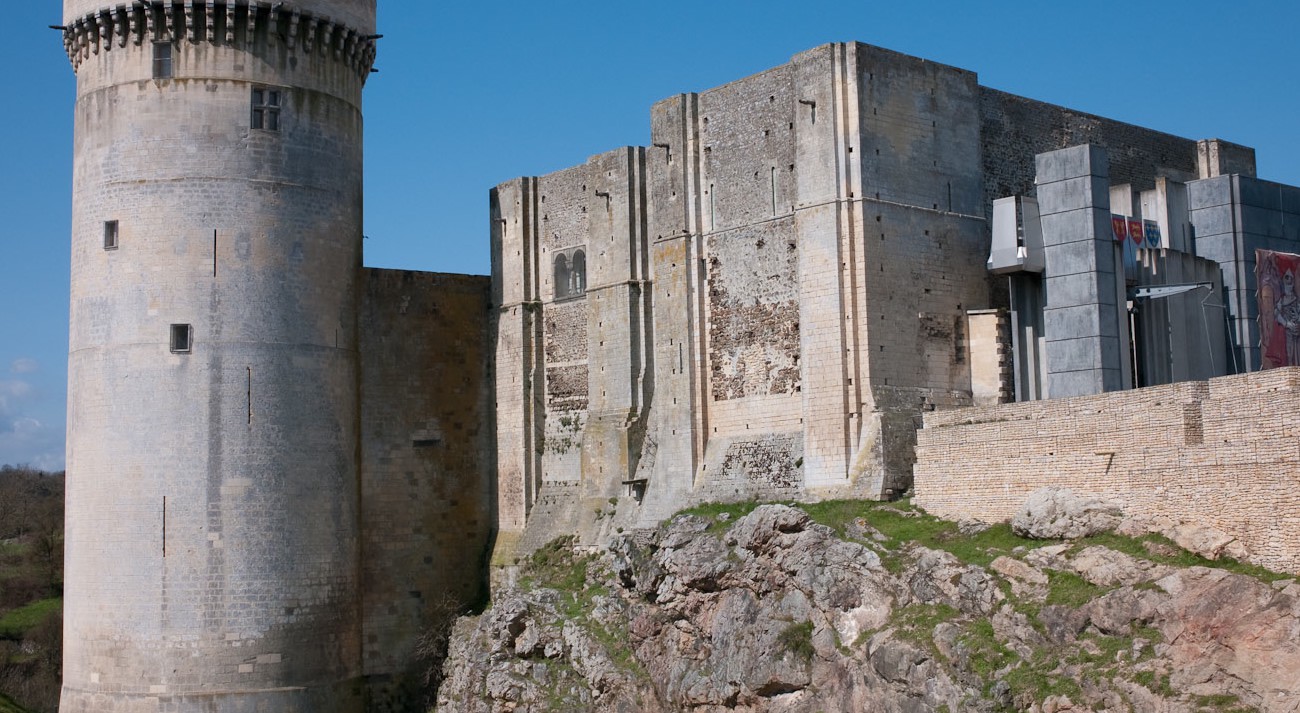
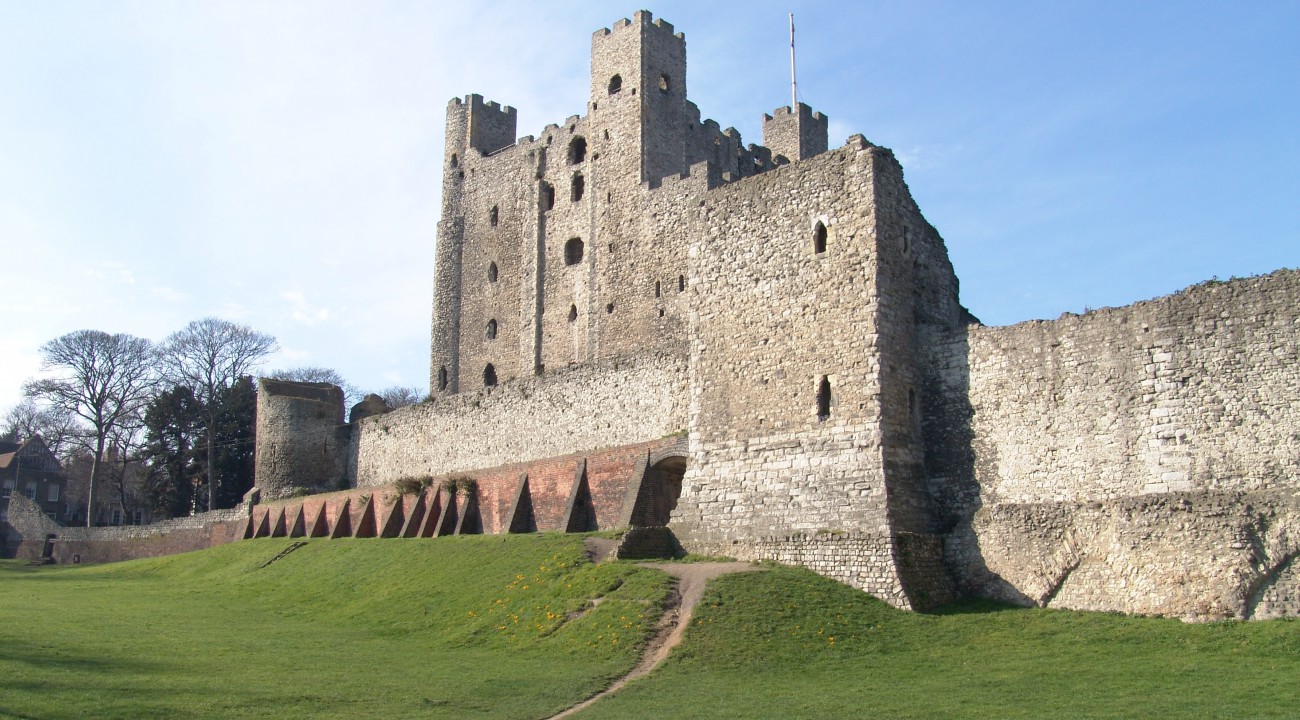
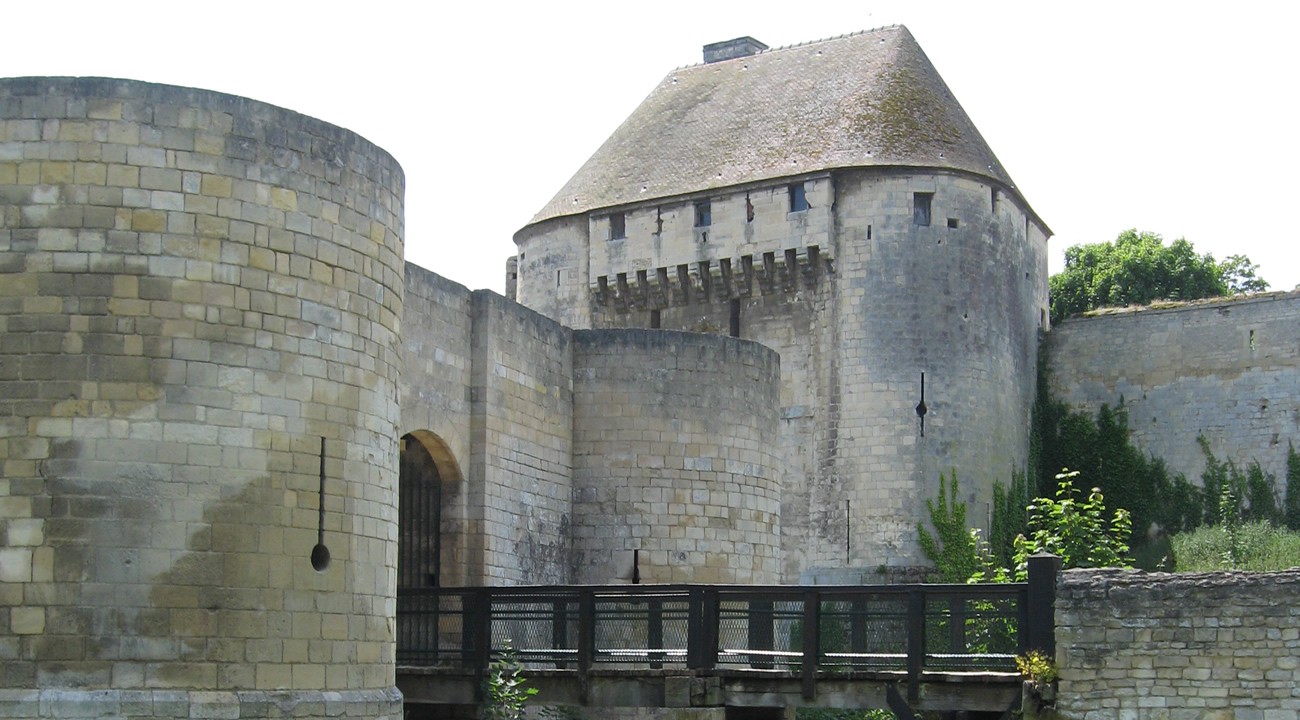
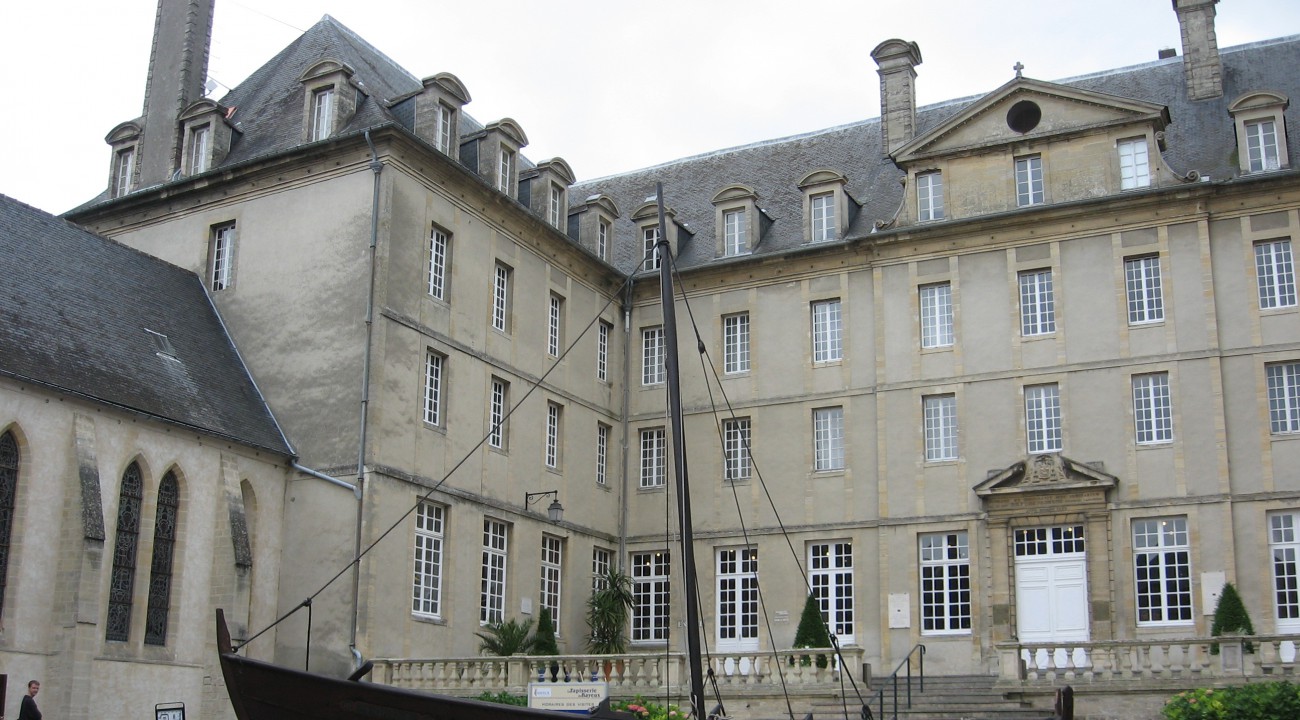
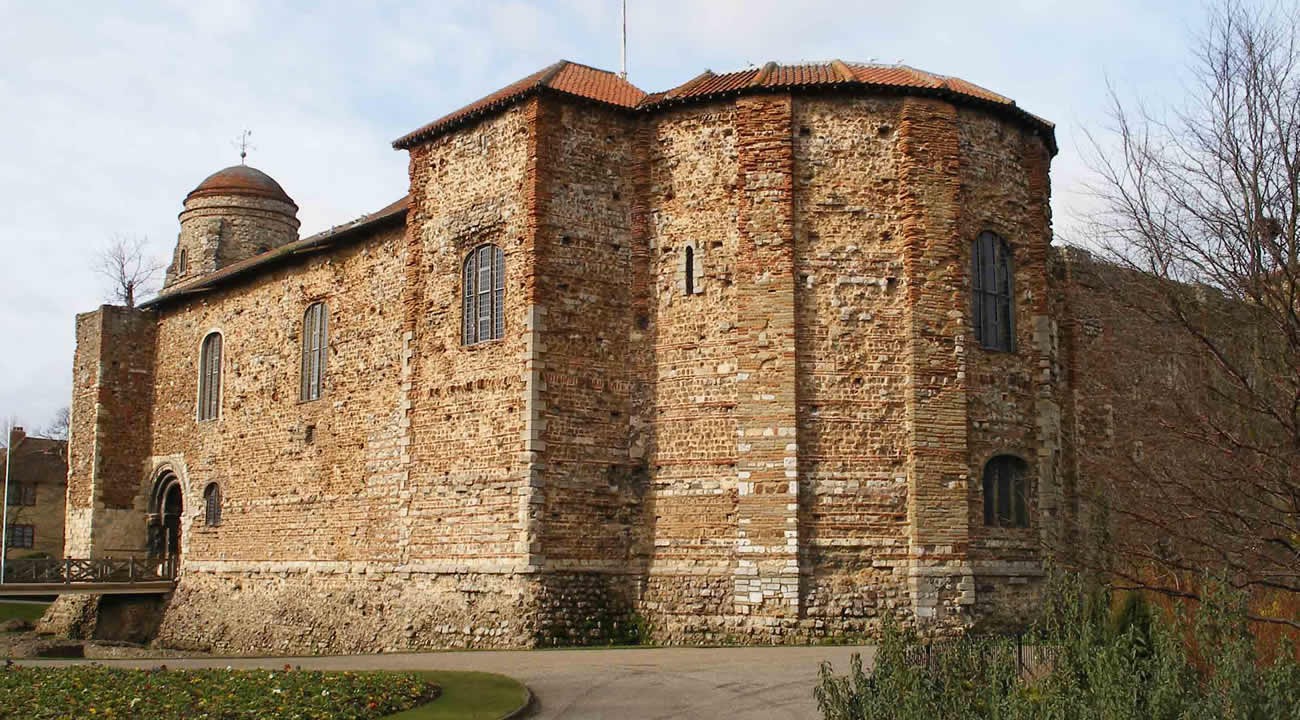
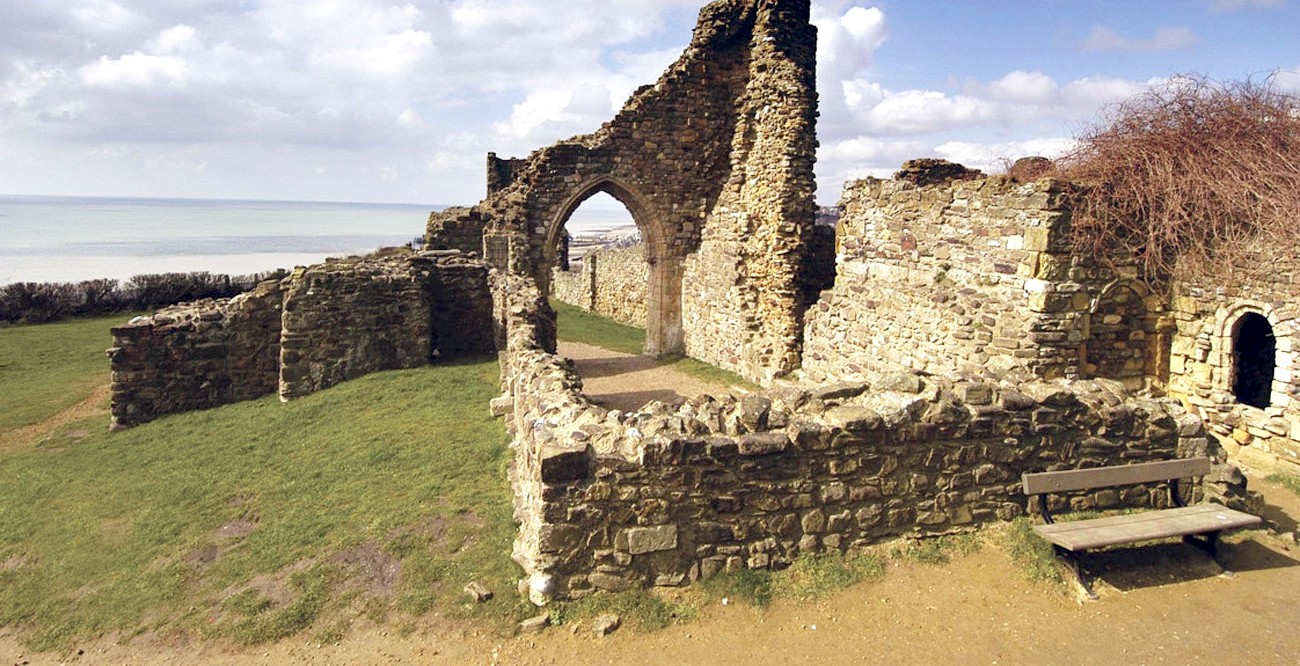
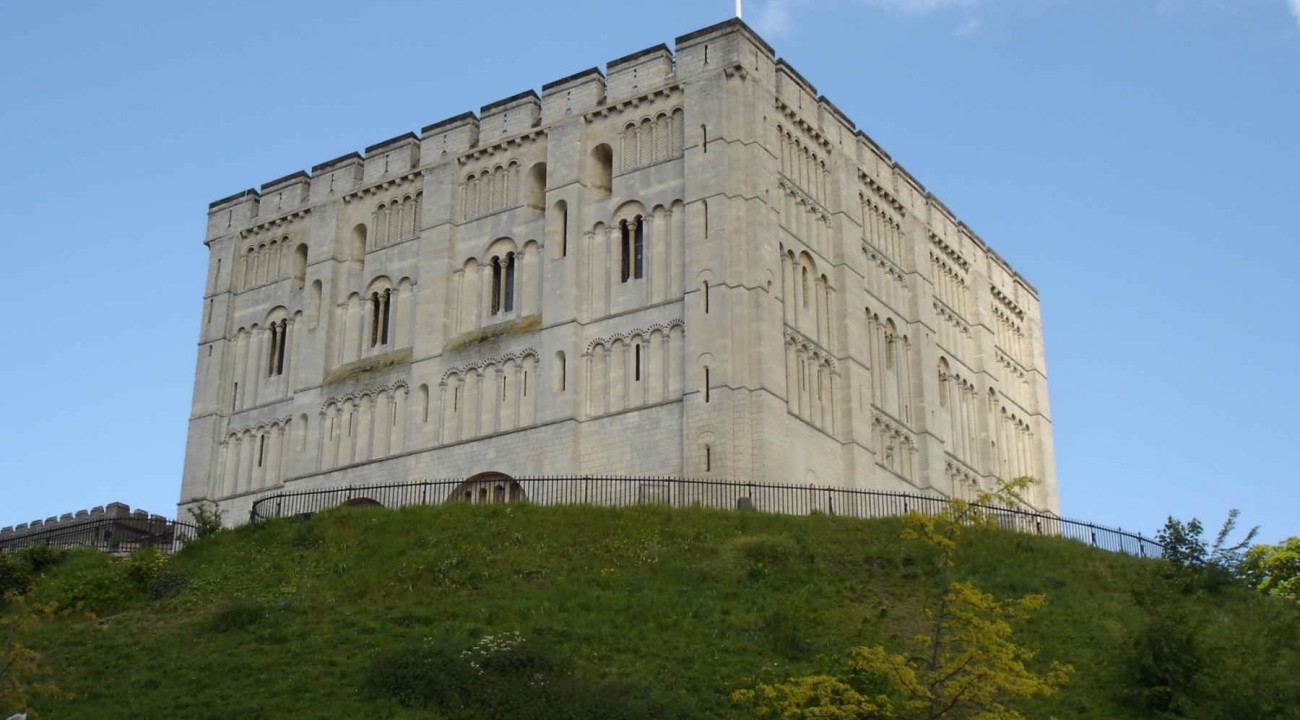
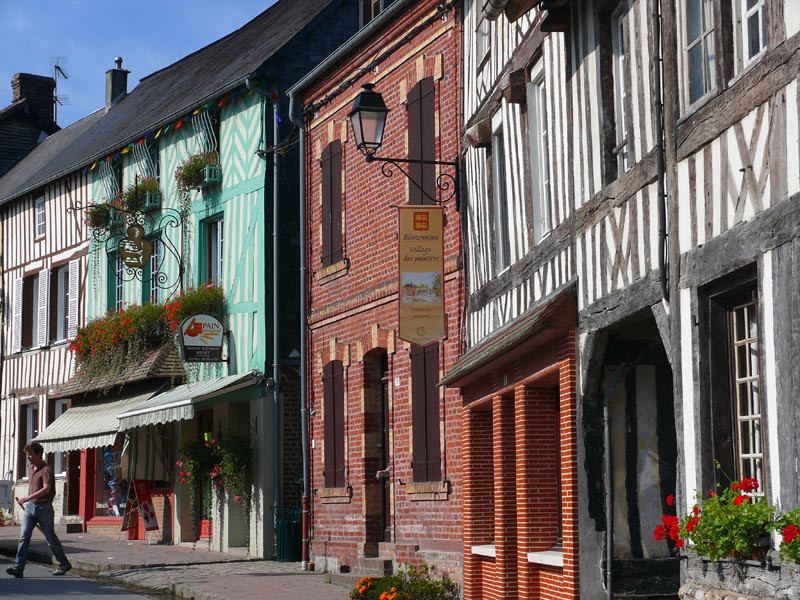
Through The Ages
In the 17th century, at the time of the English Civil War, some castles in England briefly served a military purpose and, in some cases, were badly damaged as a result. Others such as Rochester fell gradually into ruin, losing their roofs and floors and becoming covered in vegetation. Some castles were used to house military garrisons, such as Caen from 1718 and Dover from 1744. Finally, some castles became museums, as was the case at Colchester in 1860, Norwich in 1895 and Caen in 1963. Most recently, the ruined castle at Falaise has been developed into a new museum which opened in 2013.
During the Middle Ages the role of the castle began to change. Gradually the king ceased to visit the larger castles such as Colchester and Norwich. At the same time their defensive role declined as they were unable to resist attack by cannon. Instead the role of some castles, such as Colchester, was reduced to being a prison. Smaller castles continued to be built but these were more prestigious country houses rather than military strongholds.
In Normandy during the 10th and 11th centuries there were two main types of castle: timber and stone. Timber castles consisted of a tower built on a natural or artificial mound, sometimes known as a motte, and a defended enclosure known as a bailey. An example of this type of castle is that at Dinan shown on the Bayeux Tapestry. These motte and bailey castles belonged to lesser lords whereas the dukes of Normandy built in stone. The earliest castle at Falaise, and one of the very first stone castles to be built in Normandy, was constructed by Duke Richard I in 960. Later in 1060 Duke William (the Conqueror) began to build a castle at Caen.
In England immediately after the Norman Conquest castles were built at a number of places to deter attempts at local rebellion. Amongst these early castles are those at Pevensey (Sussex), Hastings (Sussex) and Dover (Kent) which were all built to protect William’s strategic connection with Normandy across the English Channel. Elsewhere during the 1070s William ordered the building of stone castles at Colchester and London, the latter now known as the White Tower. Slightly later in date are Norwich and Rochester where work began during the reign of William Rufus (1087-1100). These early castles were also palaces where the king could receive his powerful subjects and dispense justice.
As in Normandy these stone castles in England were accompanied by timber castles built by powerful barons, usually with the agreement of the king. These castles both protected the baron from attack by his enemies and were a means of demonstrating his power to the surrounding population. Over a period of time these timber castles were rebuilt in stone.
The European Union, investing in your future

 Fonds Européen De Développement Régional
Fonds Européen De Développement RégionalL’Union Européenne investit dans votre avenir
INTERREG IV A France (Channel) – England, co-funded by the ERDF.


 Email a friend
Email a friend  Print this page
Print this page 